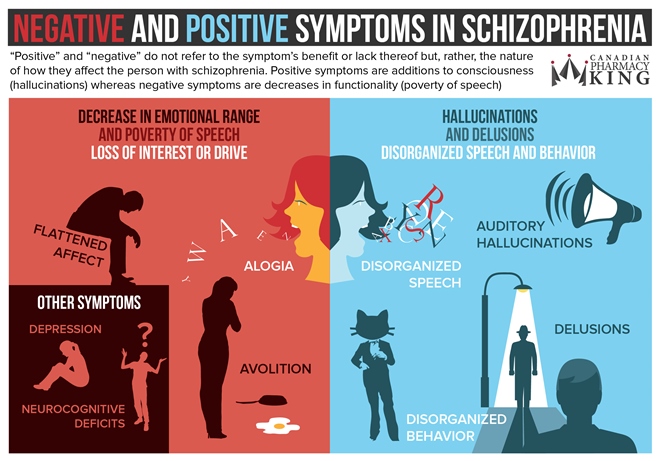Gene-Environment Interactions in Schizophrenia: A Literature Review is an article attempting to call attention to needed research into risk factors that contribute to the development of Schizophrenia. Historically, schizophrenia has been a notoriously misunderstood and misdiagnosed disorder. This article highlights research that focuses on identifying genetic and environment risk factors. It also identifies gene-environment interactions as the most promising theories of schizophrenia. This is when the environment of an organism and its genes interact in a way that influences phenotype. Genetic and environmental factors alone appear not be as reliable of indictors.
The main gene-environment interactions identified in this article are as follows: prenatal maternal infection and inflammation regulators, cannabis use and the COMT gene, psychosocial stress/childhood adversity and the COMT gene. Though identified as promising risk factors of schizophrenia, larger research studies are needed to include a larger range of demographics. Hopefully, this research can help identify at risk individuals early and lead to more personalized treatments including preventative care.
I personally enjoyed this article as it draws attention to how genetics and environment pay a role together to form individuals. When asked nature or nurture, I believe more often than not the answer is both. In science its important to be detailed and consider all options. When focusing research its important to be specific but if the field is too narrow its possible to miss part of the picture.

No comments:
Post a Comment